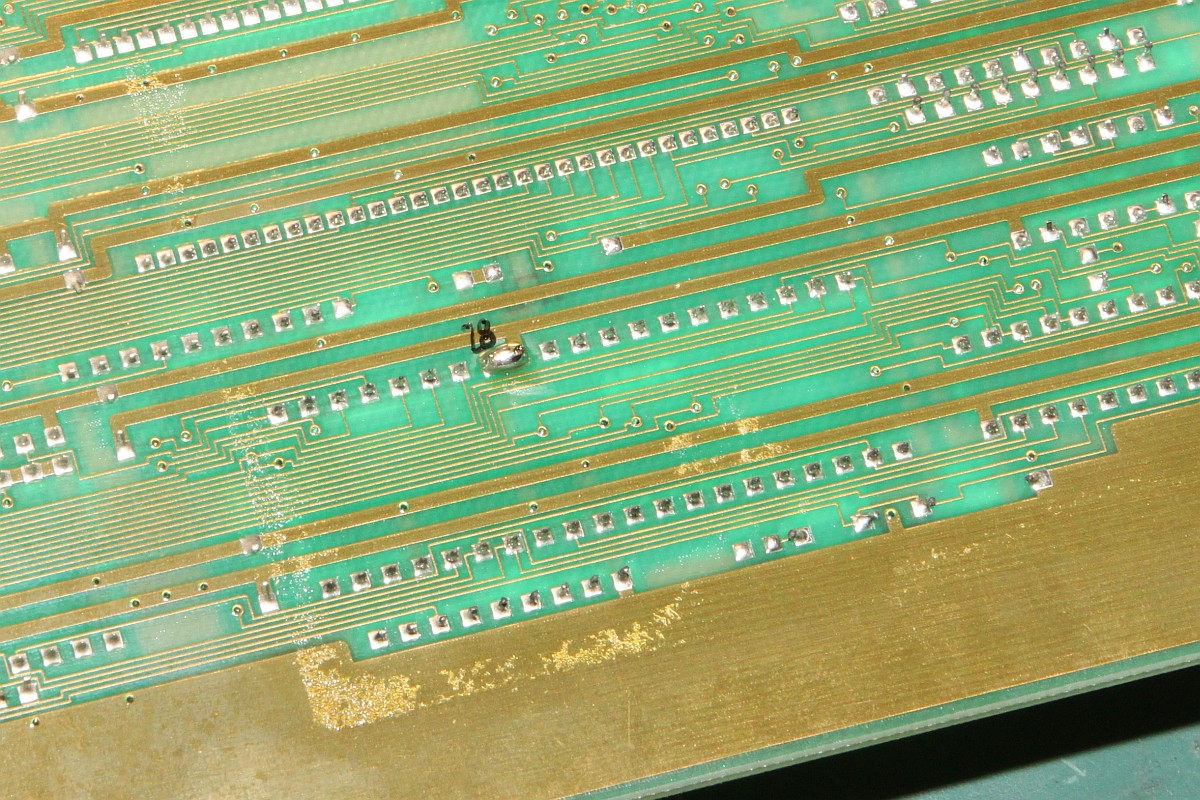
Chevy marketed the small block as the “Turbo-Fire 400,” to contrast with the Turbo-Jet. Chevy continued to brand the new 402 as either a 396 big block or as a new “Turbo-Jet 400.” To make things even more complicated, there actually was another 400 cid small block engine. Yet, while Chevy may have upped the displacement to 402, the marketing department evidently didn’t get the memo.

No vehicles had the original 396 after 1969, with the exception of the Chevy C/K trucks, which had it until 1970. From 396 to 402 cidīeginning in 1970, Chevy decided to bore the 396 out to make a total displacement of 402 cid. Making the inaugural 396 big block from 1965, the L78, the most powerful production 396 ever. Interestingly, while the original L78 396 big block made 425 horsepower, no other 396 topped 375 horsepower during the remaining production run. In addition to powering Camaros and Chevelles, Chevy also used the 396 in the Impala, Biscayne, Bel Air, and others. In all, Chevy created seven different 396 variants: the 元4, 元5, 元7, L66, L78, L89, and LS-3.įrom the beginning, Chevy used the 396 big block as a workhorse. There was also the even less powerful 元5, which made an entry-level 325 horsepower. The L78 made an incredible 425 horsepower, while the 元7 made a still respectable 350 horsepower. Chevy gave the ‘Vette the L78 version, while they gave the Z16 Chevelle the slightly less powerful 元7. Chevy also introduced the 366 big block, which was basically a debored 396.įor 1965, Chevy put the 396 big block in both the Corvette and Z16 Chevelle. These new V8s were known as Chevy Rat Motors, to contrast with the small blocks that were known as Mouse Motors. Chevy based the new 396 on both the outgoing first generation big block 409 and 427, as well as the Mystery Motor they used for racing in 1963.

While it is not as sought out as its larger big block brother the 427, or its small block cousin the 350, the Chevy 396 big block is still a great engine for both reliability and performance builds. Known for its thunderous output, stout reliability, and solid design, Chevy’s 396 big block has maintained its status as a top dog, even though it hasn’t been put in a production vehicle since the early 1970s.Ĭhevy bored out the 396 cid to 402 cid starting in 1970, though most cars still retained the 396 badging. During its production run, it appeared in Camaros, Chevelles, El Caminos, and even briefly in the Corvette. Order the style and deck height preferred for your application.Since its initial release in 1965, the Chevy 396 big block has been one of the top racing engines available.

These Bowtie blocks have inner head bolt bosses, which allow for better retention of the cylinder heads in high-horsepower applications when the cylinder heads "lift" from the blocks due to high cylinder pressures. diameter to allow increased oil flow through the block.

The main oil gallery on these blocks is relocated and enlarged to a 9/16 in. The intermediate caps also feature 16 splayed outer bolts, which anchor the caps into the strongest section of the blocks and prevent bearing cap movement under high loads. These engine blocks differ from the production-machined Bowtie versions in certain areas they start from raw castings and are not "conversions." They also use a rear seal adapter to convert the Gen V/VI one-piece rear main seal to a Mark IV type 2-piece seal that facilitates the use of a widely available Mark IV style crankshaft. The race-prepared blocks feature blind head and accessory mounting bolt holes, a deck configuration that enables the use of any big block Chevy cylinder head-and cylinder bores that may be safely bored to a 4.600 in. Chevrolet Performance Bowtie big block Chevy cast iron engine blocks are CNC-machined.


 0 kommentar(er)
0 kommentar(er)
